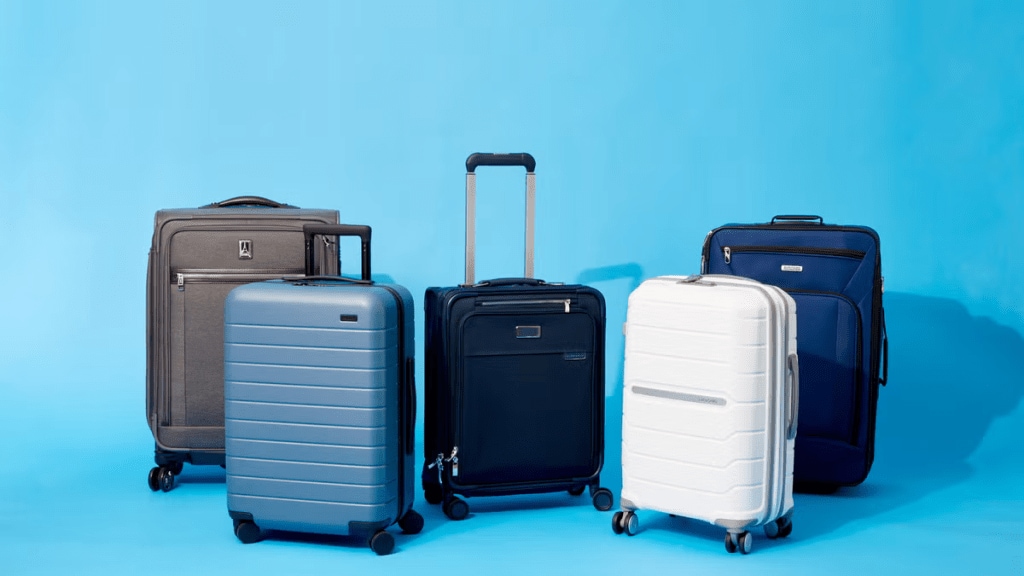Just last month, Dilip Piramal, chairman of VIP Industries surprised many by selling 32% of the company’s stake to a group of investors. Piramal said the younger generation in his family is not interested in managing the company, which has seen its market share slide over the past five years.
It’s not just VIP. Samsonite, the second-largest luggage brand in the country, is also feeling the heat from the new competition. In 2024, its sales in India fell by 18% and its mass market brand American Tourister saw a notable 31% decline in sales in the December 2024 quarter. Other brands like Safari too saw a decline of 27% in profits in the last quarter of CY24.
While the top three — VIP, Safary Bags and Samsonite — still control 86% of the Rs 16,000-crore organised luggage market, the transformation in what was once a utility-driven category like luggage is undeniable. The change in consumer preferences is being driven by a bunch of home-grown players such as Mokobara, Nasher Miles, EUME and Uppercase that have put aesthetics and innovation at the centre of their product and marketing strategy.
And their strategy is paying off. Mokobara’s revenue from operations more than doubled from Rs 53 crore to Rs 117 crore in December last year, while Nasher Miles clocked over 60% year-on-year growth since its launch in 2017.
The latter started its innings as a digital-first brand on Amazon India and is now an omnichannel player. Aside from e-commerce and quick commerce platforms, the brand also sells in six exclusive brand outlets across Mumbai, Hyderabad and Ahmedabad and is present in general trade in over 1,300 stores across the country.
“From a product perspective, we’ve expanded significantly, from a single hardcase model to more than 2,000 offerings across categories, including hard and soft luggage, backpacks, and travel accessories like luggage covers and packing cubes. While we started with 100% imports from China, today, over 60% of our products are made in India, with a goal of reaching 80% by FY26,” says Abhishek Daga, founder and director at Nasher Miles.
He adds that the brand’s key differentiator has been its sharp focus on colour and design, areas often overlooked by traditional luggage players. Being digital-first, the brand’s go-to market speed is also much faster, giving it an edge with its core consumers in tier-I and II cities.
In with the new
Experts observe that with the rise of ‘Instagrammable vacations’, and an increase in travel frequency post the pandemic, the millennial and Gen Z consumer groups in particular are looking for functionality and aesthetics in their luggage. Suitcases are more of a style statement for these consumers, which is where disruptive players like Nasher Miles come in.
The new entrants disrupt not just with cheaper products, but by redefining
what matters and growing a new market appetite, observes Rushi Anandan, associate professor, general management at KJ Somaiya Institute of Management. He refers to the adoption of the ‘blue ocean strategy’ employed by new-age brands, which very simply means the creation of uncontested market space.
“New brands are creating blue oceans through value innovation by making luggage a lifestyle accessory by adding experiential value such as brand collaborations and inbuilt tech. Their seamless online purchase, rapid fulfilment, and superior after-sales raise the bar, while their bold aesthetics distinguish their offerings beyond price or durability,” explains Anandan.
Unsurprisingly then, the combined market share of Samsonite, VIP Indutries and Safari has dropped from 93% five years ago to 86% in FY24, as per industry estimates. Against this background, how do the legacy players reclaim relevance?
Vivek Prasad, executive director, Avalon Consulting, opines that established brands will need to play the new-age game to compete with emerging brands. “Product revamp, social media marketing, online channels, fresher messaging – all of these will need to come together for the established brands to fight this battle. Given their longstanding brand association with a specific consumer group, they might have to consider launching a new brand to ensure a break from possibly tired legacy,” remarks Prasad.
He recommends that legacy brands will have to look beyond form factors like trolleys and widen their offerings to include overnight bags, travel totes, convertible duffels, vanity cases, kids’ luggage and more.
Digital-first advantage
· The combined market share of Samsonite, VIP Industries and Safari dropped from 93% five years ago to 86% in FY24
· D2C players are growing faster than legacy brands, because of differentiation in style, colour, inbuilt tech and superior after-sales service
· Nasher Miles has grown by over 60% year-on-year since its launch in 2017
· Mokobara’s revenue more than doubled in December last year
(Source: industry)
